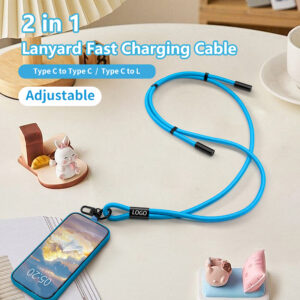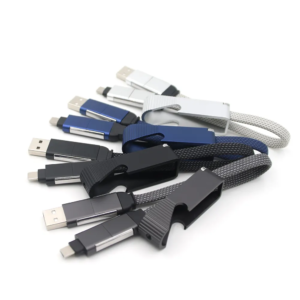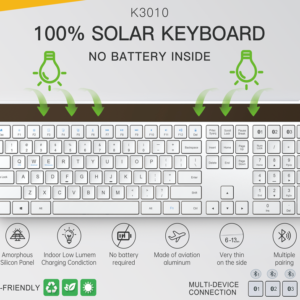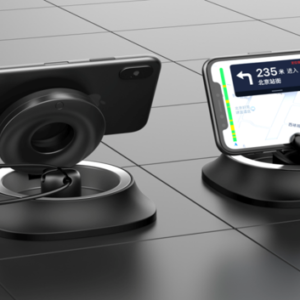The 2022 World Cup in Qatar is the most “cold” World Cup and the hot pot is the best match. According to the statistics of JD.com and JD.com, on the night of the start of the World Cup, the sales of various small household appliances for heating pre-made dishes also skyrocketed, and the sales of rice cookers and air fryers in some cities increased by 10 times year-on-year. The latest update on the second round of the 2022 World Cup in Qatar

At present, the bulk of the prefabricated vegetable market is actually the B side, which is to provide prefabricated dishes for restaurants, especially large chain restaurants, which account for more than 80% of the prefabricated vegetable market. The C-end market, which is directly oriented to consumers, looks lively, but in fact it has been just running along for a long time. This World Cup accidentally created an excellent C-end prefabricated vegetable consumption scene, boosted the C-end market, and accelerated the C-end deployment of many prefabricated vegetable companies that originally focused on the B-end market.
So, from the To B end to the To C end, what is the biggest capability challenge that enterprises face? You might think that from To B to To C, the things produced are similar, but the nature of customers has changed, so the biggest challenge is marketing capabilities. However, some insiders pointed out that the bigger challenge than marketing capabilities is the change of supply chain capabilities.
The supply chain capability of the To B end can be close to that of the manufacturing industry, focusing on improving the efficiency of the supply chain, ensuring shipments and yield; while the supply chain capability of the To C end is closer to the retail industry, focusing on improving the flexibility of the supply chain. According to The supply can be flexibly adjusted according to the ever-changing demands of consumers.

A product, from the initial purchase of raw materials to the final delivery to consumers, the entire chain can be divided into two sections: the first section is “from raw materials to finished products”, which is the manufacturing supply chain; the second section is from “from finished products to finished products”. Consumption place”, this is the retail supply chain.
First of all, from the perspective of the flow of physical objects, the two are different. The manufacturing supply chain is that raw material suppliers send raw materials to semi-finished product processors, and semi-finished product processors send semi-finished products to brand owners, who then process and assemble them into finished products. In other words, the manufacturing supply chain integrates scattered suppliers at all levels, and continuously absorbs raw materials and semi-finished products into the factories of brand owners. This is a process of gradual convergence of material distribution.
The retail supply chain is just the opposite. Moving through the retail supply chain are finished products, often leaving the factory in bulk in industrial-size bulk packs. In the process of sending finished products to distributors and retailers in various places, the large packages must be gradually unpacked and transported to the next node in smaller packages. By the time it finally hits the retailer’s shelves, the product is at its minimum selling size. Therefore, the retail supply chain is a process in which the products stored by brand owners are continuously unpacked and sent to all parts of the country. It is a process in which material distribution gradually diverges.
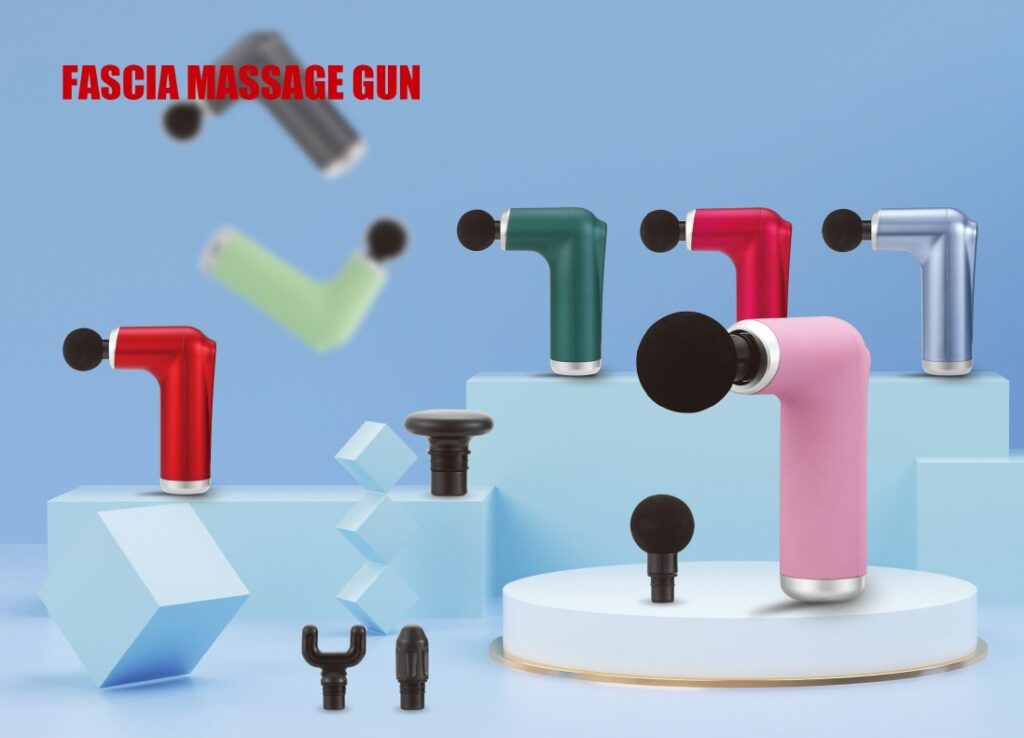
This difference in material flow leads to a second important difference, the core concern of the supply chain. As mentioned earlier, the manufacturing supply chain is a process of continuous convergence of material distribution. It is like gathering military supplies before a war. Whether the efficiency of the gathering is high enough, whether the cost is controllable, whether the quality of the gathered things is qualified, etc., is the manufacturing process. The key to supply chain success. Therefore, the core of the manufacturing supply chain is to focus on efficiency, cost, and quality. Specific indicators include: plan achievement rate, order fulfillment rate, production cycle, equipment utilization efficiency, product cost, yield rate, and so on.
By the way, the concept of supply chain is developed from the military logistics “logistics”. We generally translate logistics into “logistics”, and its original meaning is “logistics”. The manufacturing supply chain is the process of collecting “military supplies” from the rear, and the retail supply chain is the process of sending “military supplies” to various battlefields.
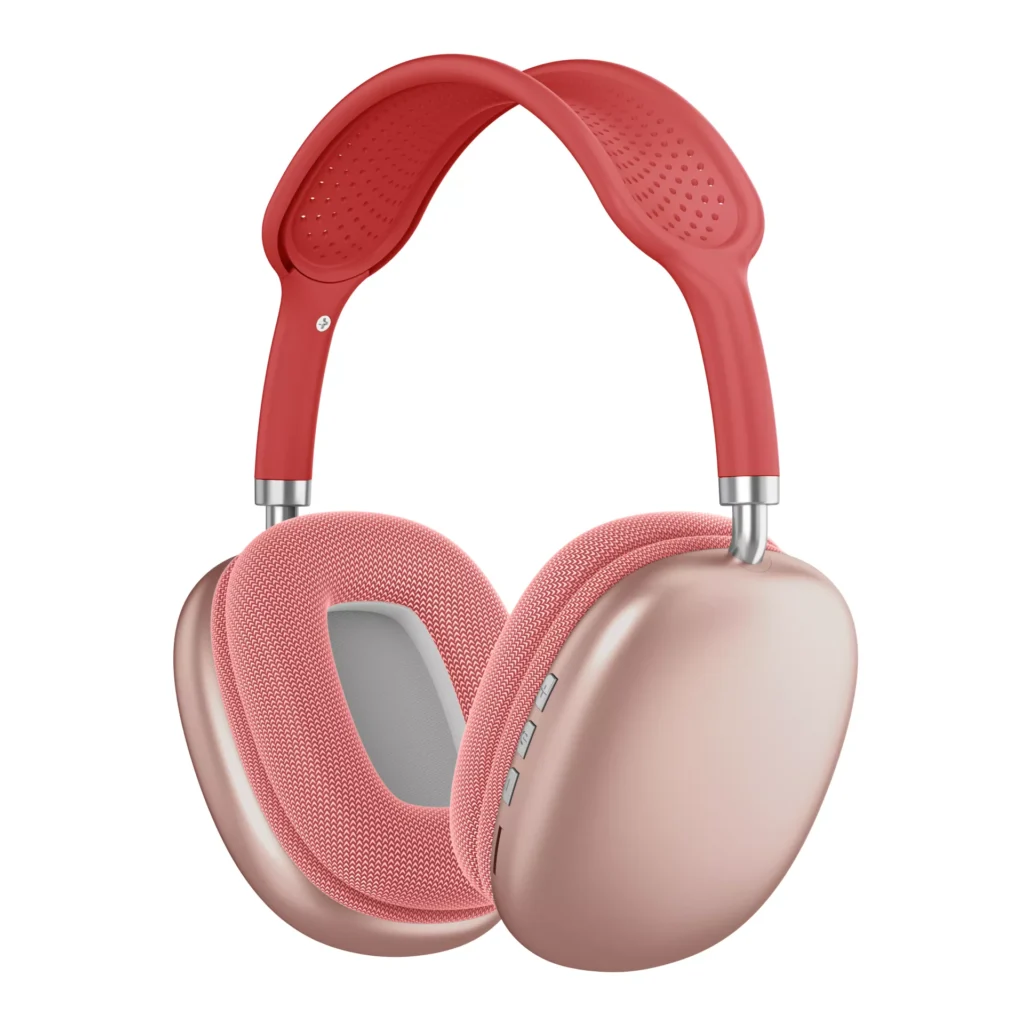
In this process, the cost and efficiency of transportation are also important, but more importantly, the degree of matching of materials and theater conditions. For example, if there are many casualties in a war zone and medicines are urgently needed, but a large amount of ammunition is sent in the end, no matter how efficient your delivery is, it is wrong. Therefore, the core of the retail supply chain is effectiveness, “reflected in putting the right goods in the right market at the right price and in the right quantity at the right time, and selling them to the right consumers.”
From this, GCC Electronic summed up the most critical capability of the retail supply chain: the ability to accurately identify the needs of target customers and convert demand into precise supply. Specifically, it is to carry out precise research and development, product selection, assembly, procurement, and operation according to customer needs. This is called “commodity management” in the clothing retail industry, “category management” in the supermarket convenience store industry, and “menu management” in the restaurant chain industry.
You may have a question: According to this definition, will the meaning of supply chain be too generalized, not only on the supply side, but also on the demand side? That’s right, in GCC Electronic’s view, the retail supply chain should not only focus on supply, it must be an integration of supply and demand, and the “supply chain” should be renamed “supply and demand chain”. The degree of coordination between supply and demand fundamentally determines level of the supply chain.
Speaking of this, we can understand why the biggest challenge for prefabricated vegetable companies from To B to To C is not marketing ability, but supply chain ability. Supply chain capability is the core competitiveness of retail enterprises.




